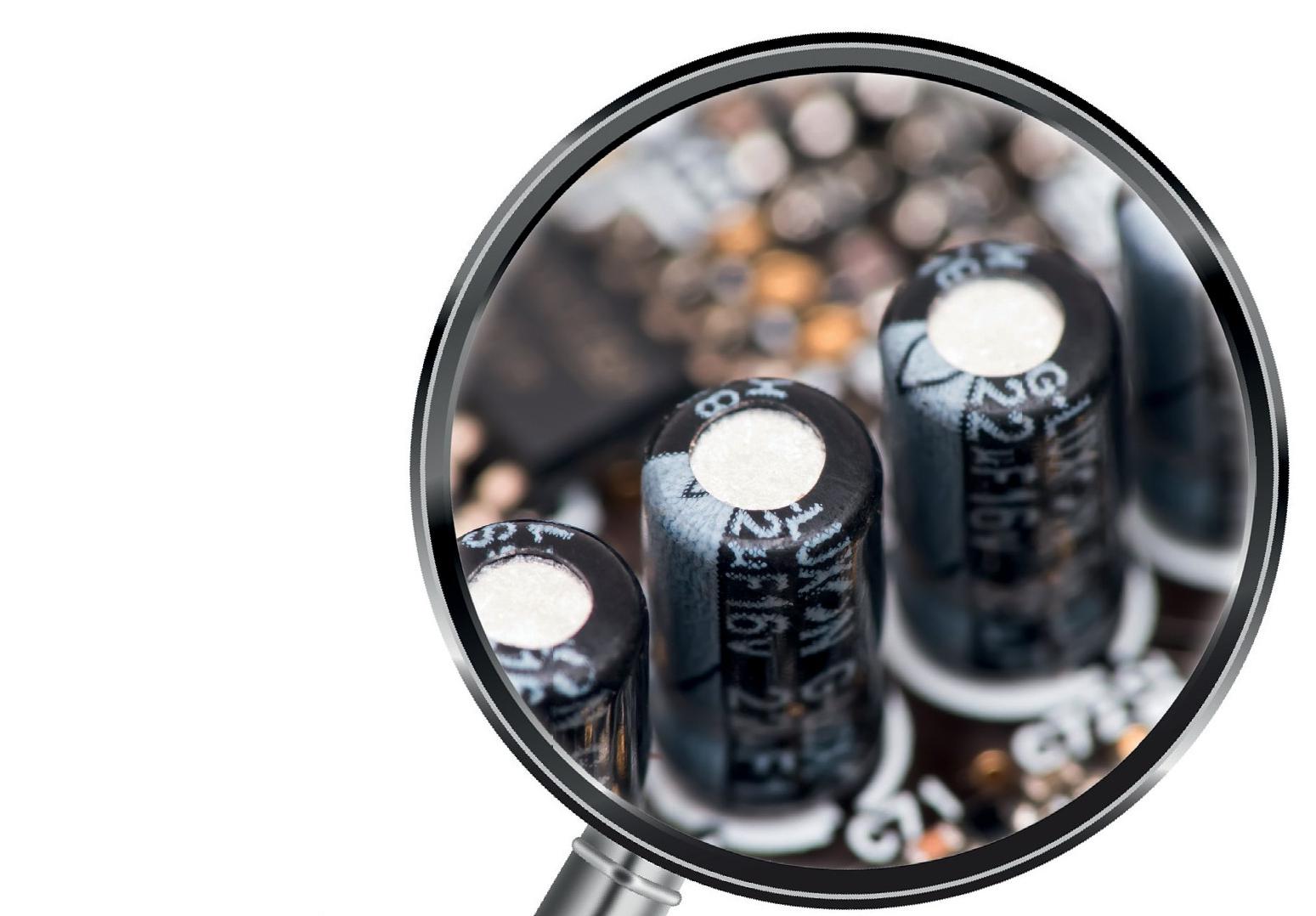
A capacitor is a fascinating electrical component. It consists of two metallic conductors separated by an insulator. A capacitor can store charge and energy. Mobile phones and cameras use capacitors to provide a powerful flash of light. But did you know that a capacitor can be used to demonstrate the mathematics of exponential functions?
Connect the terminals of a charged capacitor across a resistor. The potential difference across the capacitor decreases in a very clear, predictable manner known as exponential decay. The rate of decay depends on the resistance and the capacitance of the circuit. You can therefore use a capacitor-resistor circuit as an electronic timer. For example, your battery-operated wristwatch is likely to contain miniaturised capacitors and resistors.
Your organisation does not have access to this article.
Sign up today to give your students the edge they need to achieve their best grades with subject expertise
Subscribe




